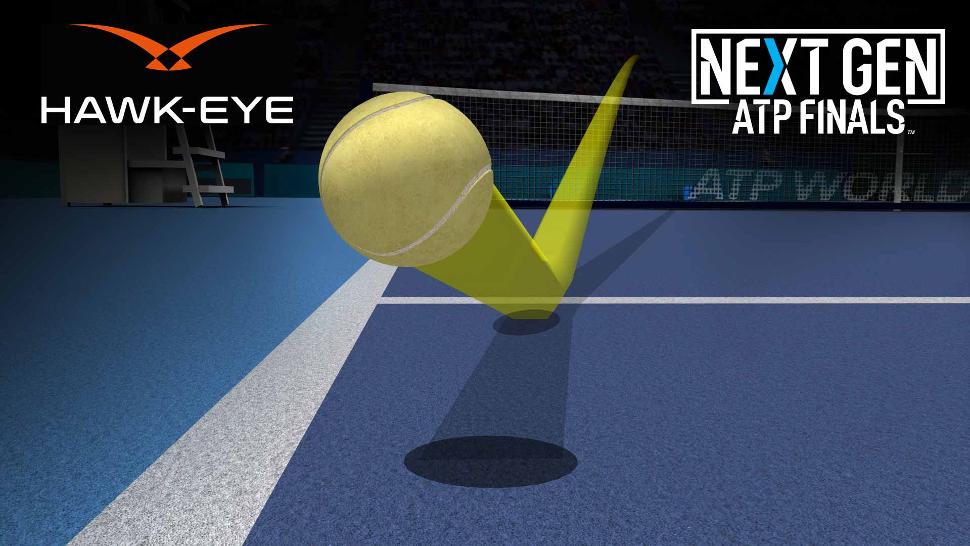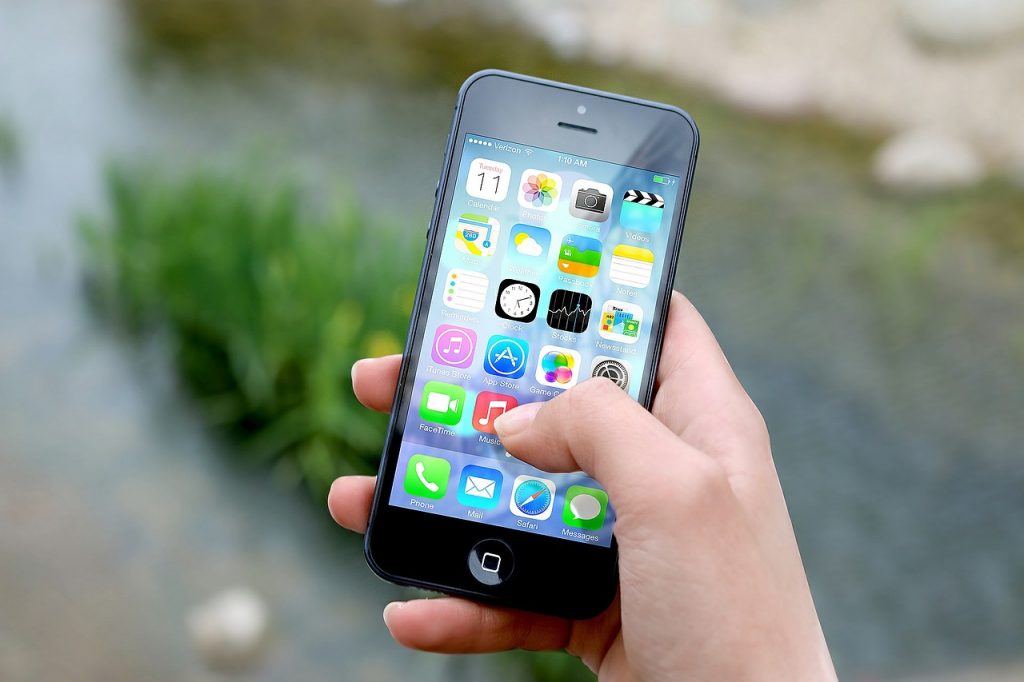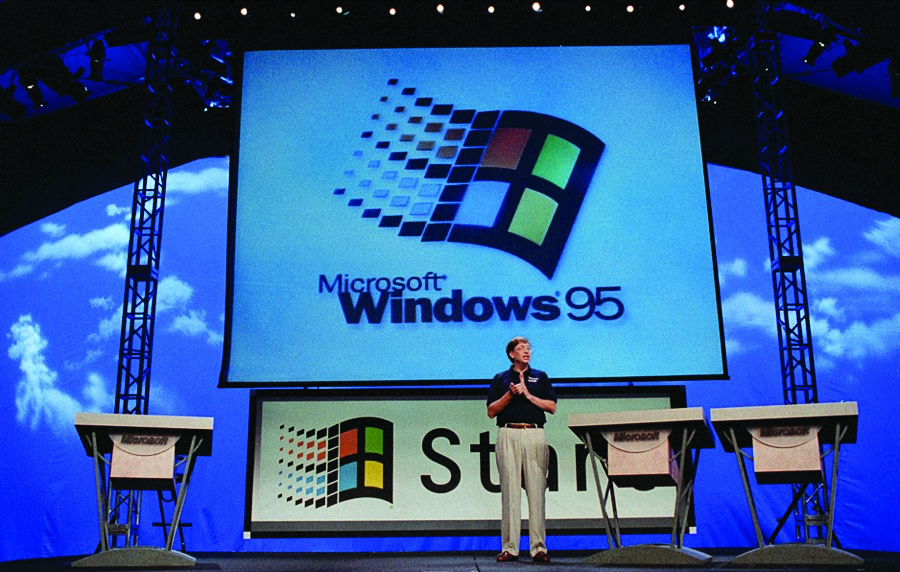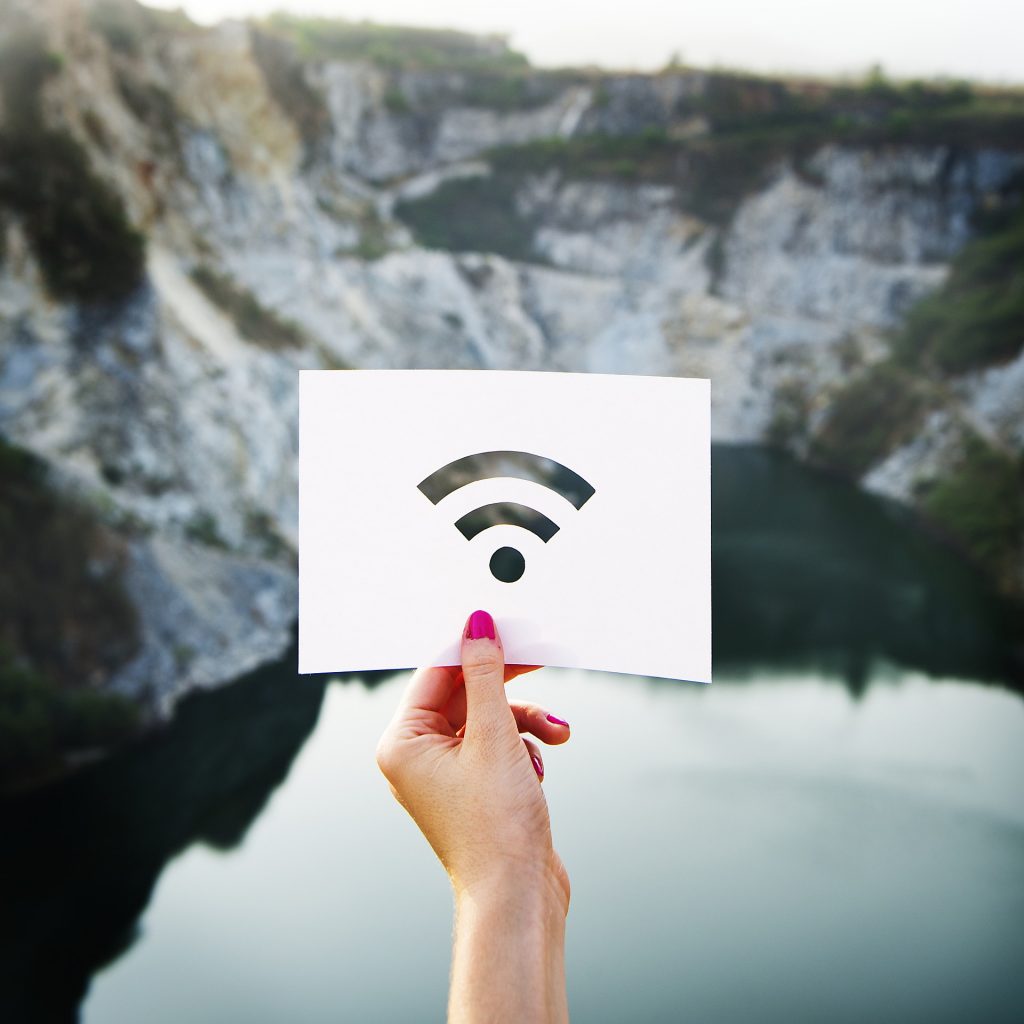The Royal Academy of Engineering in the UK has recently come up with a list of what it considers to be the seven technological wonders of the world. These technologies range from digital electronics to various engineering achievements. The list is technological and engineering achievements from the past few decades, so don’t expect to see the pyramids, Stonehenge, or the wheel, for that matter. Do you agree with the list? Let’s delve in and see.
Seven technological wonders: The judges’ list
1. Gore-Tex Fabric
If you are not familiar with Gore-Tex fabric, it is a breathable, and yet waterproof fabric. Being that I am a really outdoorsy kind of person, I own quite a few items such as boots and jackets that are made from Gore-Tex. These items have always performed exceptionally well for me, even when I have really abused them in the South American rain forests.
2. Hawk-Eye

I have to confess that I’m not really familiar with Hawk-Eye, but I am guessing that it the technology is probably well-known among sports fans. Hawk-Eye is a computer system that tracks the trajectory of the ball in sports such as European football, tennis, and golf.
3. Dolby Atmos
Although far less commonly used today, surround sound was all the rage back in the 1990s. By spending megabucks on a digital processor and a bunch of speakers you could create an immersive audio environment in your own home. High-end systems rivaled those used in movie theaters. Dolby Atmos is a technology that takes surround sound to the next level. The technology allows audio to be defined as a three-dimensional space. Audio engineers can place objects (birds, cars, or anything that makes noise) anywhere within that space, thereby creating a much more realistic auditory experience.
4. The iPhone

I think that it’s probably safe to say that we all know what an iPhone is. The reason why the iPhone was selected was because its simplicity brought smartphones to people who might otherwise have shied away from such an advanced technological device.
5. YouTube
YouTube is another one of those things that I’m sure we are all familiar with. YouTube secured its spot on the list by bringing digital video to the masses and paving the way for streaming services such as Netflix.
6. 3D printed bone implants
3D printing can be used for a huge variety of purposes, but one of the most creative is the 3D printing of bone. 3D printed bones are made of ceramic, and are designed to fuse with natural human bone. 3D printed bones are found to be useful in performing reconstructive surgery, especially when it involves the face.
7. Clean water

The Royal Academy of Engineering rounded out its list with the inclusion of clean water. While water hardly qualifies as a technology, filtering and purification devices are technological achievements and have saved countless lives.
Seven technological wonders: My list
I don’t want to take anything away from the technological wonders that have been recognized by the Royal Academy of Engineering. All of the items that were recognized have undoubtedly earned their spot on the list. Even so, I thought that it might be fun to make my own list of seven technological wonders.
Before coming up with my list, I set three ground rules for myself. First, I’m not going to duplicate any of the items on the Royal Academy of Engineering’s list. Duplicating some items, but not others would imply that I think that the organization made some poor choices, and I am not going to disrespect the group by doing that. My second ground rule is that the technologies can be from either the 20th or the 21st century. There were a lot of great technological innovations in both centuries, and I didn’t want to limit myself to only discussing technology from the last several years. Finally, I am going to avoid including anything super obvious such as the PC or the Internet.
So without further ado, here is my list:
1. Augmented reality

Augmented reality hasn’t yet impacted the world to the extent that some of the other items on my list have, but I just had to include it because it is such a cool technology.
If you aren’t familiar with augmented reality, it is a system for overlaying computer generated imagery over the real world. Augmented reality comes in a variety of forms ranging from the Pokémon Go application that became so popular a couple of years ago, on up to Microsoft’s HoloLens, which projects photorealistic three-dimensional holograms into the real world.
Augmented reality is still a relatively immature technology, but I think that over time it will completely change the way that we digest digital information.
2. Drones
Whether you love them or hate them, it is difficult to ignore the impact that drones have had on the world. The most obvious advantage is that drones can be used in situations in which it would be too dangerous or too expensive to use a manned aircraft. Drones have been used, for example, to aid in rescue efforts following a disaster. They have also been used by military and law enforcement as a tool for gathering intelligence without putting human lives at risk.
The main reason why I chose to include drones on my list is that drone technology has played a major role in the development of autonomous vehicles, such as driverless cars. There have also been spinoff technologies, such as prototype flying cars.
3. Windows 95

I am sure that there are plenty of people who will disagree with me on this one, but I think that Windows 95 was probably the most important operating system of all time. Yes, Windows 95 had its problems, and there were also no shortage of allegations that Microsoft borrowed parts of the OS from Apple. Even so, Windows 95 was the first PC-based operating system that was really designed for the masses.
One of Windows 95’s big achievements was that it brought us plug-and-play capabilities for hardware. Before that, installing new hardware often meant having to manually configure circuit board jumpers and having to keep track of which IRQs and DMAs were being used by each device within the system.
Windows 95 also gave us the now infamous Windows Start menu, and I am pretty sure that it was the first operating system to make practical use of both mouse buttons.
One more contribution that is widely overlooked is that Windows 95 played a huge role in the development of the smartphone. In the 1990s, Microsoft created an operating system called Windows CE. Windows CE was a very stripped down version of Windows 95 that was designed to run on embedded hardware. Some of the earliest smartphones were equipped with a Windows CE operating system.
4. Spaceship One
I am admittedly really biased about this one, but I think that Scaled Composites’ Spaceship One was one of the most important technical achievements of modern times. Spaceship One conclusively demonstrated that it was possible for a small company to build and operate a manned spacecraft. Manned spaceflight was a feat that had previously only been achieved by some of the world’s largest governments.
More important, Spaceship One kicked off what has since become known as version 2.0 of the space race. Today, companies such as Virgin Galactic, SpaceX, and Blue Origin are all preparing to offer trips into space for paying passengers. While these short flights will initially be really expensive, the efforts that are being made today will eventually make it possible for the average person to go into space.
5. GPS navigation
The fifth technological wonder that I am including on my list is GPS navigation. As someone who travels constantly, I rely on GPS every time I rent a car (I also use GPS a lot when I am closer to home, because I tend to be directionally challenged).
I think that the thing that really amazes me about GPS is that it is possible for a relatively inexpensive device to accurately plot your location anywhere on the planet, and to help you get to wherever it is that you are trying to go. There are GPS receivers designed for use in cars, boats, airplanes, and even off-road vehicles.
Another reason why I chose to include GPS on my list is because I think of it as being a crossover technology. While navigation is obviously GPS’ predominant use, it is certainly not the only use. GPS is used to provide stability and autonomous flight control for drones. Likewise, some digital cameras are designed to geotag photographs thereby making it possible to determine exactly where a picture was taken.
6. WiFi

It is hard to overstate the profound impact that WiFi has had on the world. Nearly every electronic device being manufactured today has WiFi capabilities, and WiFi hotspots are everywhere, even in cars and airplanes. Perhaps the most interesting thing about WiFi however, is that it is one of those things that almost nobody pays any attention to until it stops working. I was a very early adopter of WiFi and had WiFi in my home in the 1990s at a time when WiFi cost thousands of dollars and you needed an extensive IT background to make it work. I had a friend over one night, and he was surfing the Internet from my laptop. He had been online for almost an hour before he realized that he was connected to the Internet without any wires (which was unheard of at the time). The point is that WiFi often goes completely unnoticed, and yet it plays a huge role in our day-to-day lives.
7. LCD screens
I want to round out the list with LCD screens. LCD panels have completely revolutionized electronics. Fifteen years ago, LCD panels were used almost exclusively in laptops, high-end desktop computer monitors, and in very expensive televisions. Today LCD panels are everywhere. As I sit in front of my computer writing this article, I can see LCD panels all around me in the form of computer monitors, a thermostat, the display on my printer, and in a digital camera that is sitting on my desk.
The main reason why I chose to include LCD displays on my list, however, is because smartphones and tablets would not exist without them.
Technological wonders: Harder to list than you’d think!
It was admittedly a lot tougher than I expected it to be to come up with a list of seven technological wonders. There are countless other contenders beyond the ones that I listed. A few of these contenders might include USB, hybrid cars, or 4D ultrasounds.
I would be really curious as to what you might include in a list of seven technological wonders. Please feel free to write-up your own list in the comments. It will be fun.
Featured image: Shutterstock



